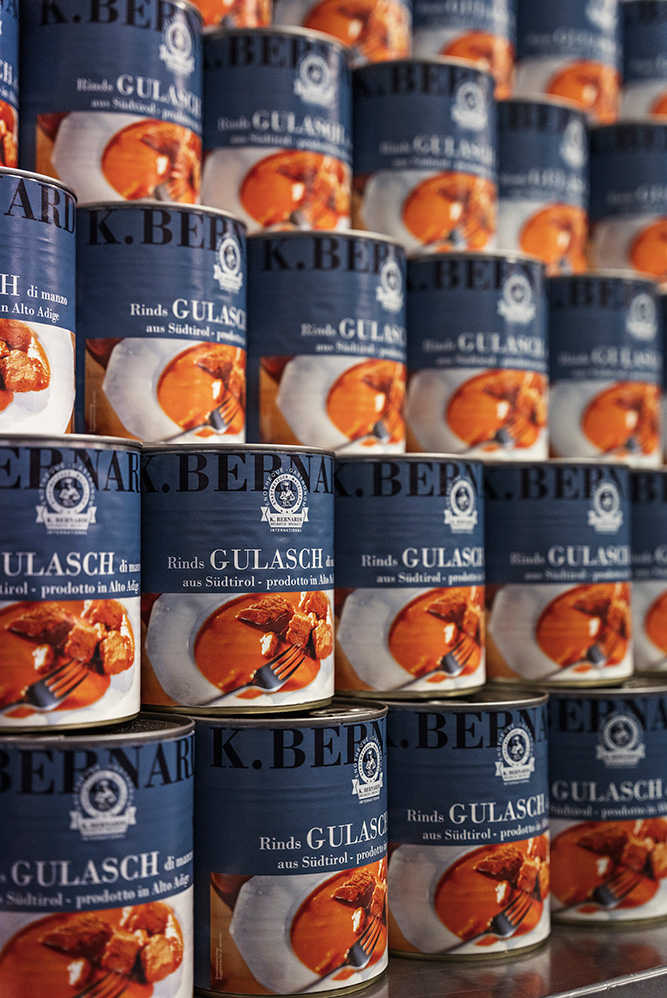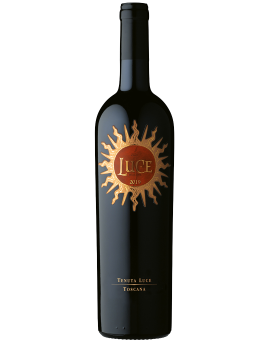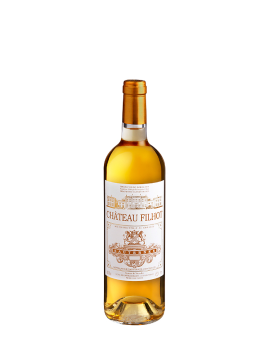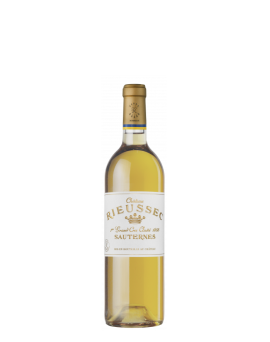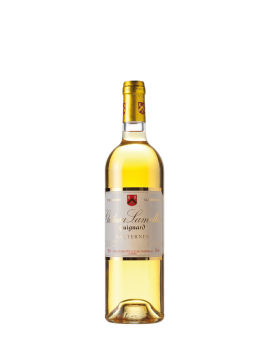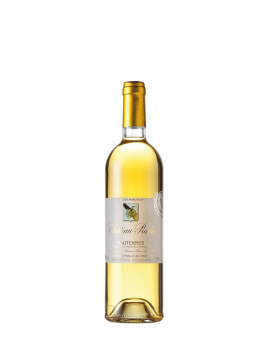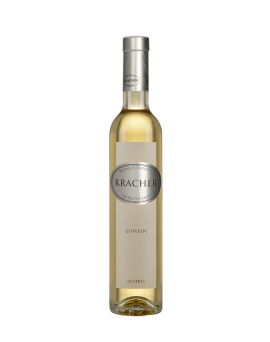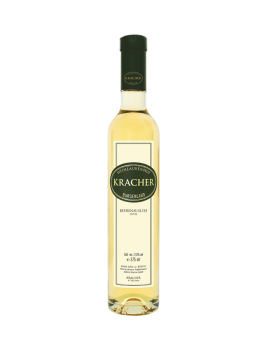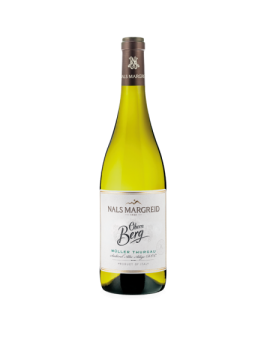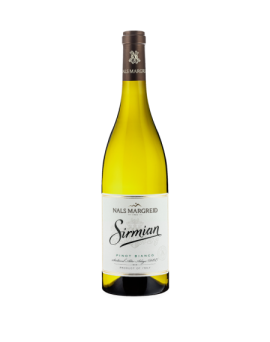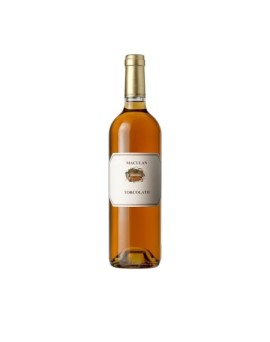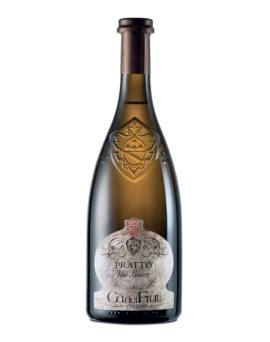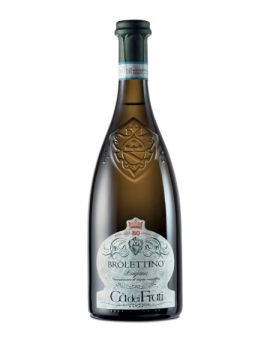Luce 750ml Tenuta Luce...
LUCE 2019<br /><br />The 2019 vintage was late and balanced. After a cold and sunny winter, the spring was characterised by low average temperatures and high rainfall, which allowed the<br />creation of important water reserves in the soil. This situation of low light and rainfall, mainly concentrated in the month of May, resulted in a slight delay of 10 days in the<br />vine's vegetative cycle. Flowering was evenly completed in the first week of June. The season then continued with a hot summer, without any particular heat peaks, with<br />some rainfall between the end of July and the beginning of August, which ensured a vigorous and efficient leaf apparatus. The mild temperatures in September and a good<br />level of hydration of the soils favoured a slow and regular ripening of the grapes, resulting in perfectly ripe tannins with high aromatic intensity and freshness. The harvest<br />began in sunny weather on 12 September with the first Merlot grapes, and continued with the Sangiovese in late September and early October. The wines are structured,<br />showing balance, power and great ageing potential.<br /><br />Tasting Notes: Luce 2019 shows an intense ruby red colour. The nose impresses with floral hints of violets and roses, accompanied by red fruits of raspberries and sweet<br />spices. In the mouth it is balanced and elegant, with an almost creamy texture, supported by silky, well-integrated tannins. The persistent finish lingers on spicy notes.<br /><br />Grapes: Merlot, Sangiovese<br /><br />Analytical Data:<br />Alcohol: 14.40% Vol.<br />Total acidity: 6.03 g/l<br />PH: 3,49<br />
Price
€140.60

